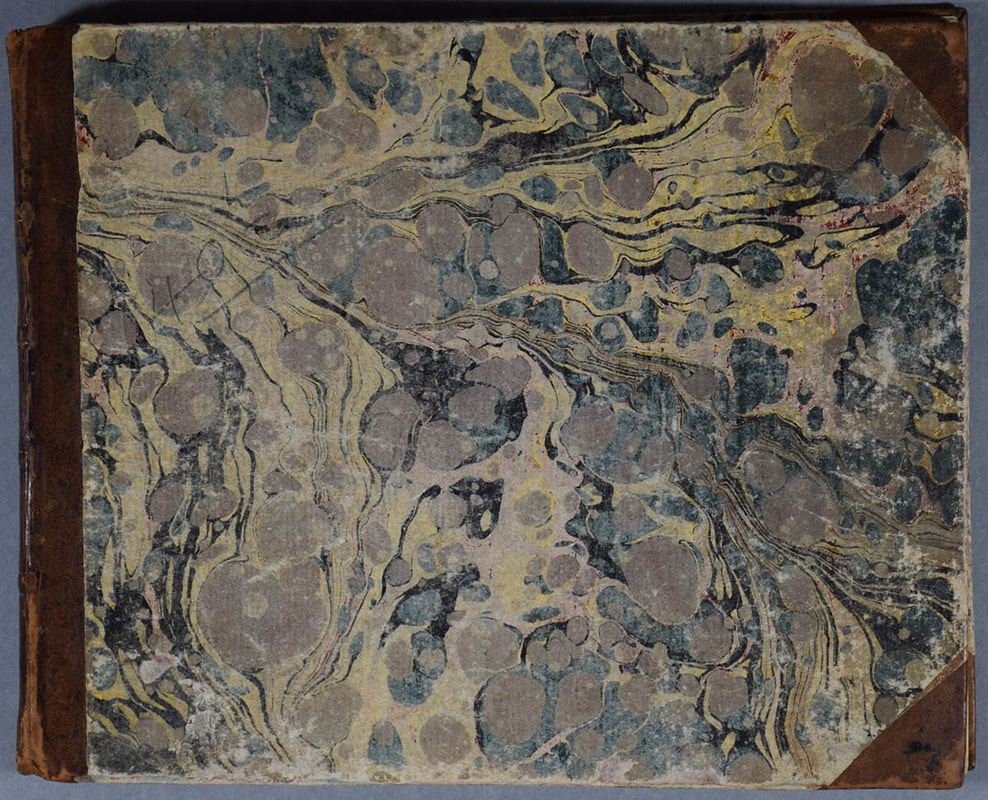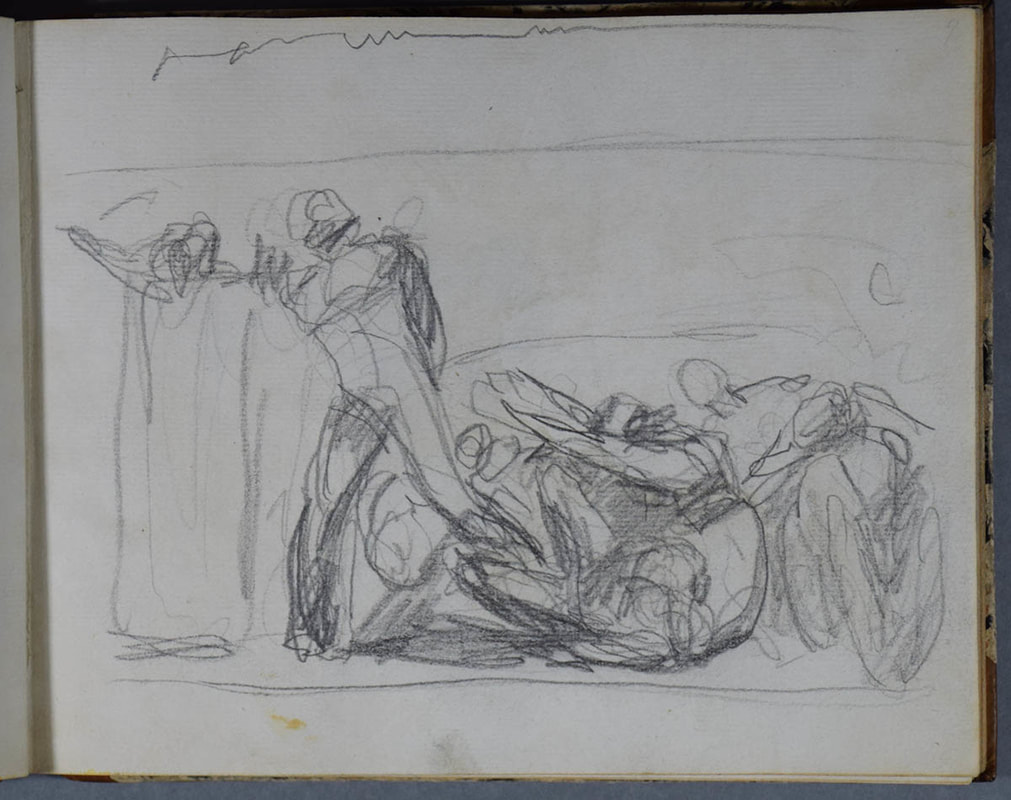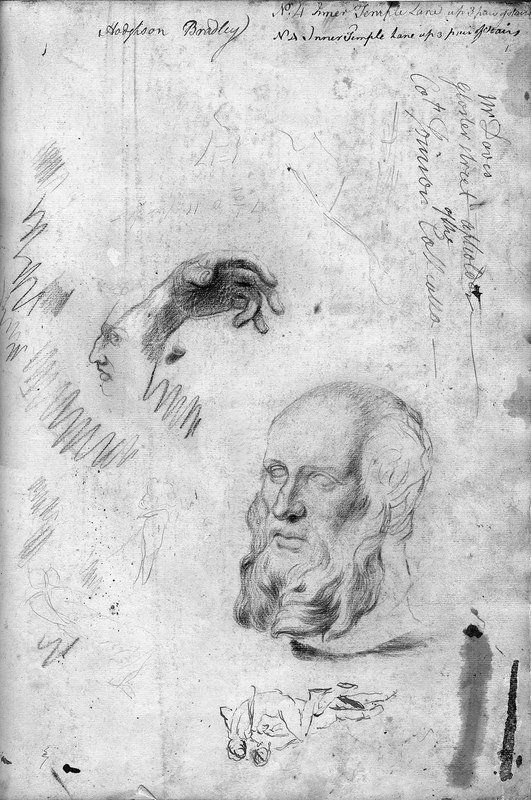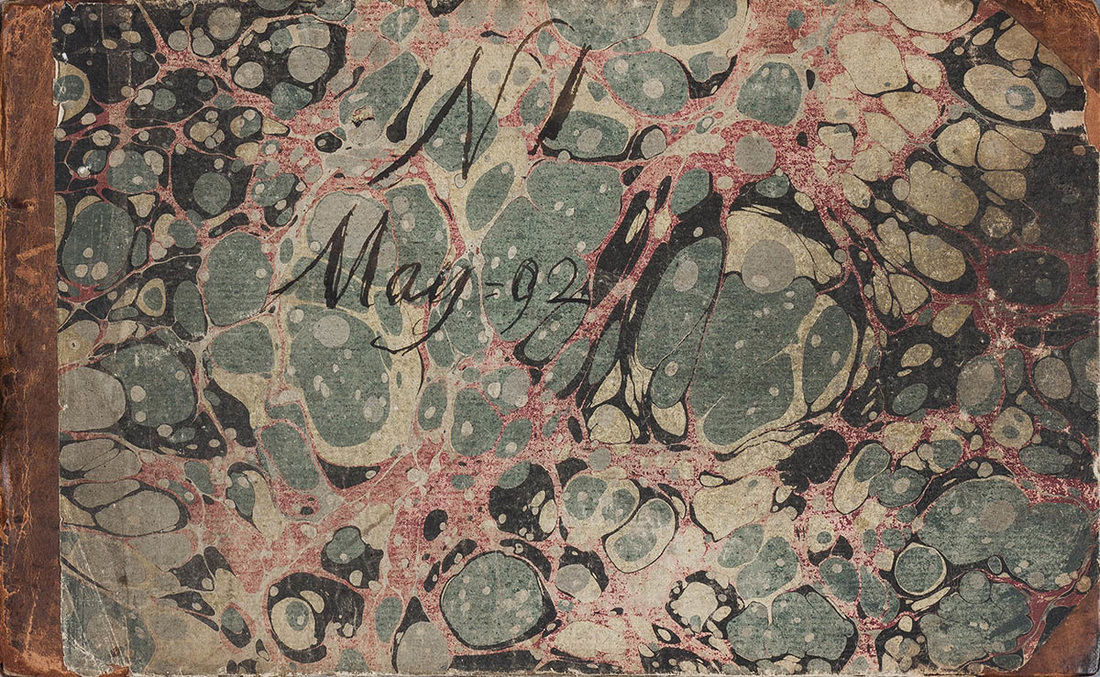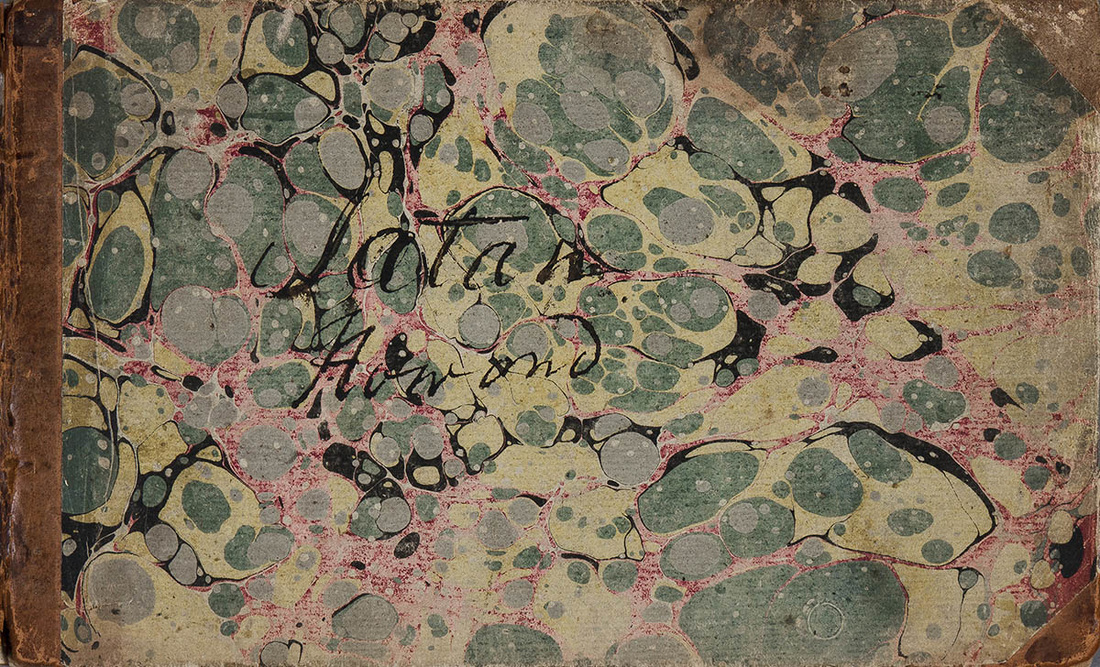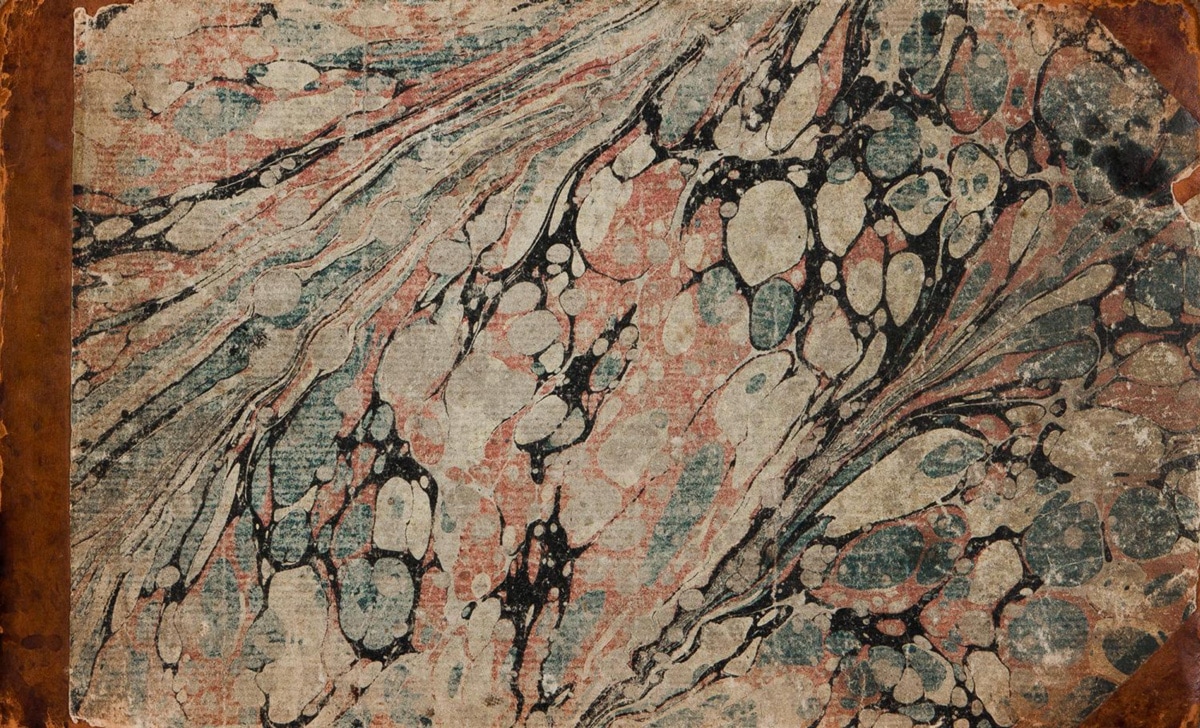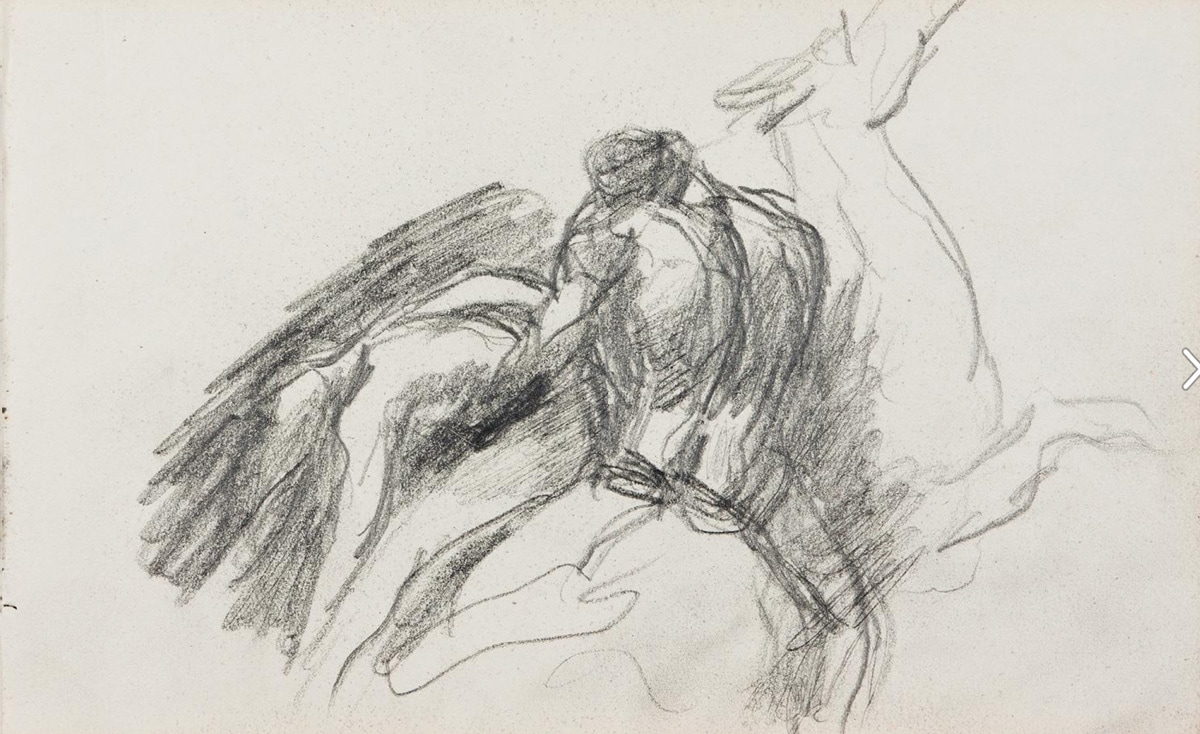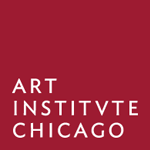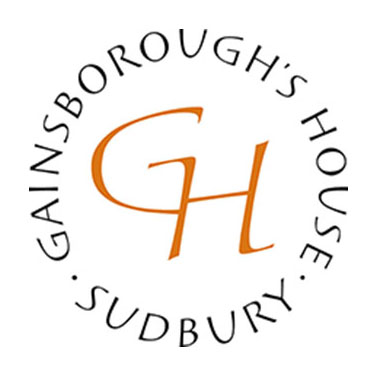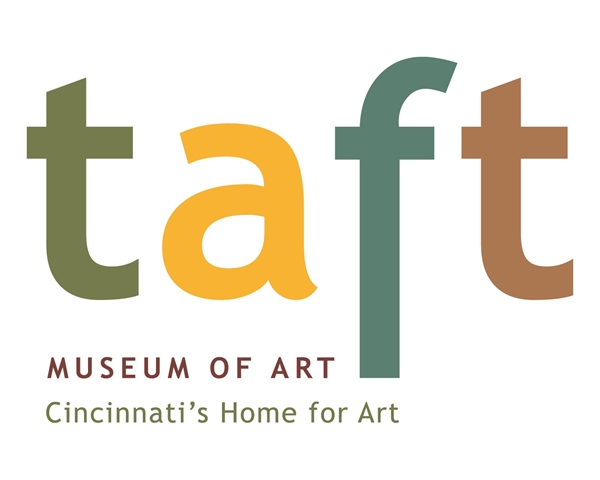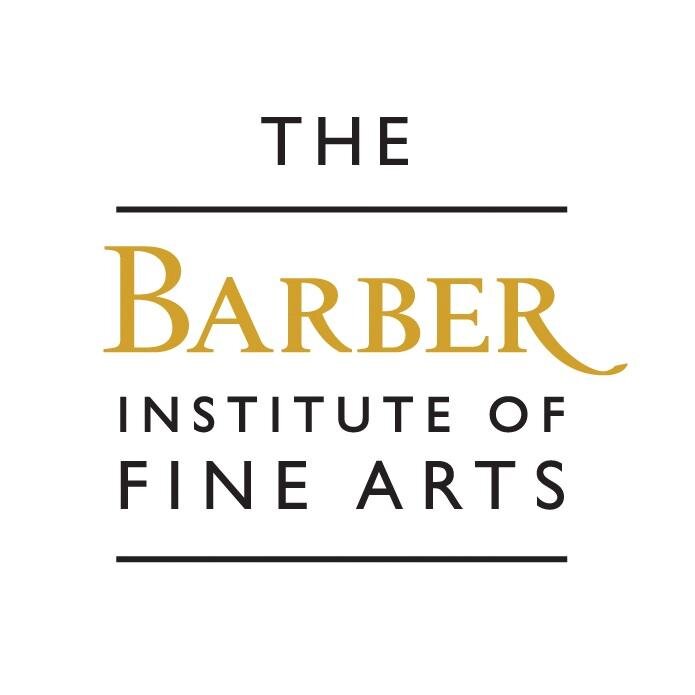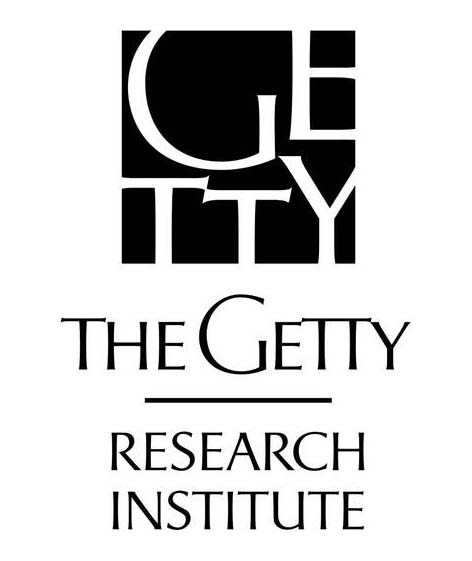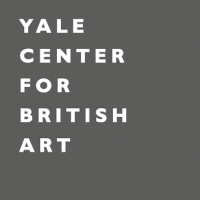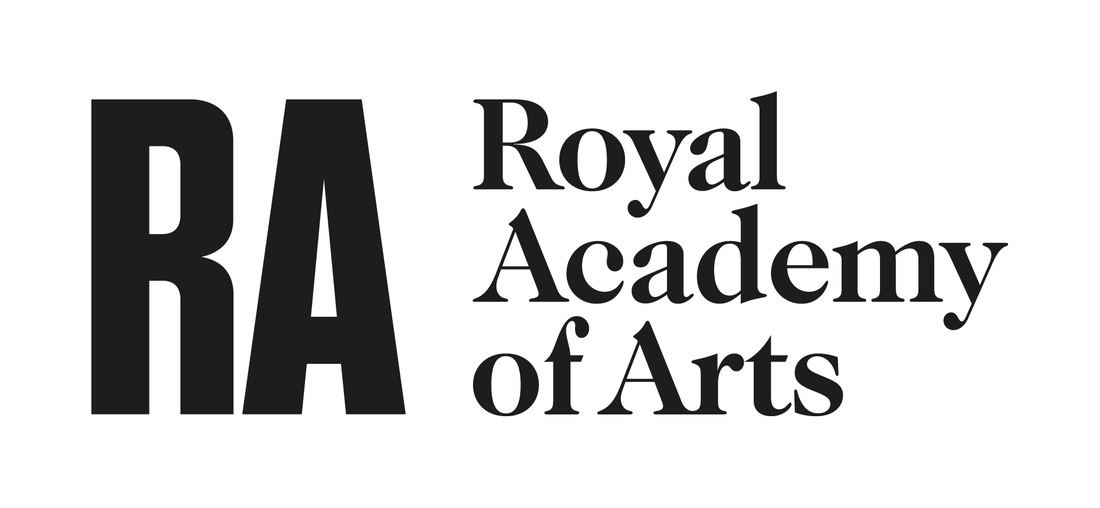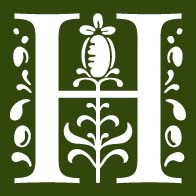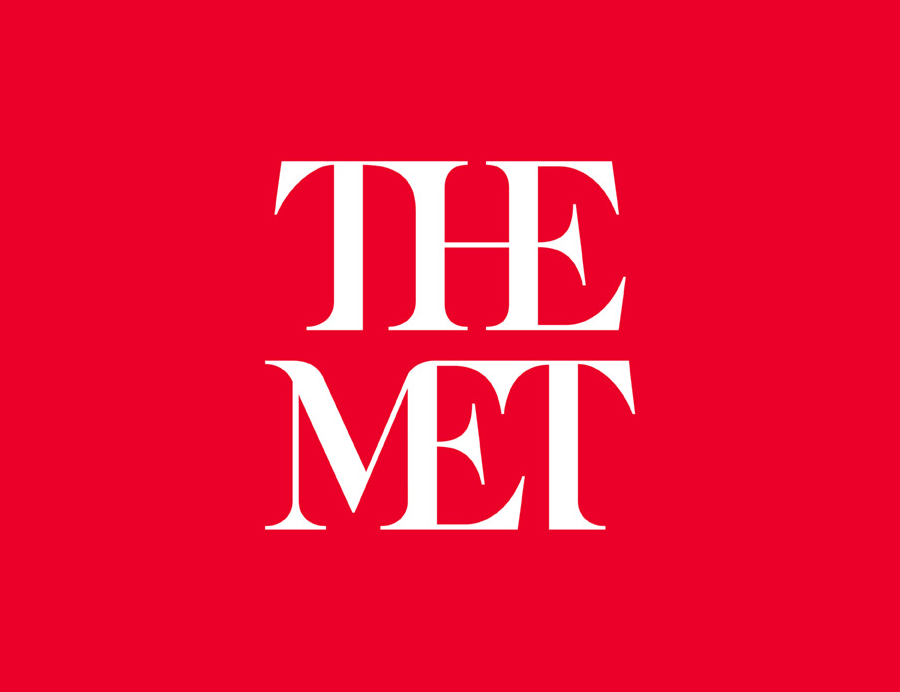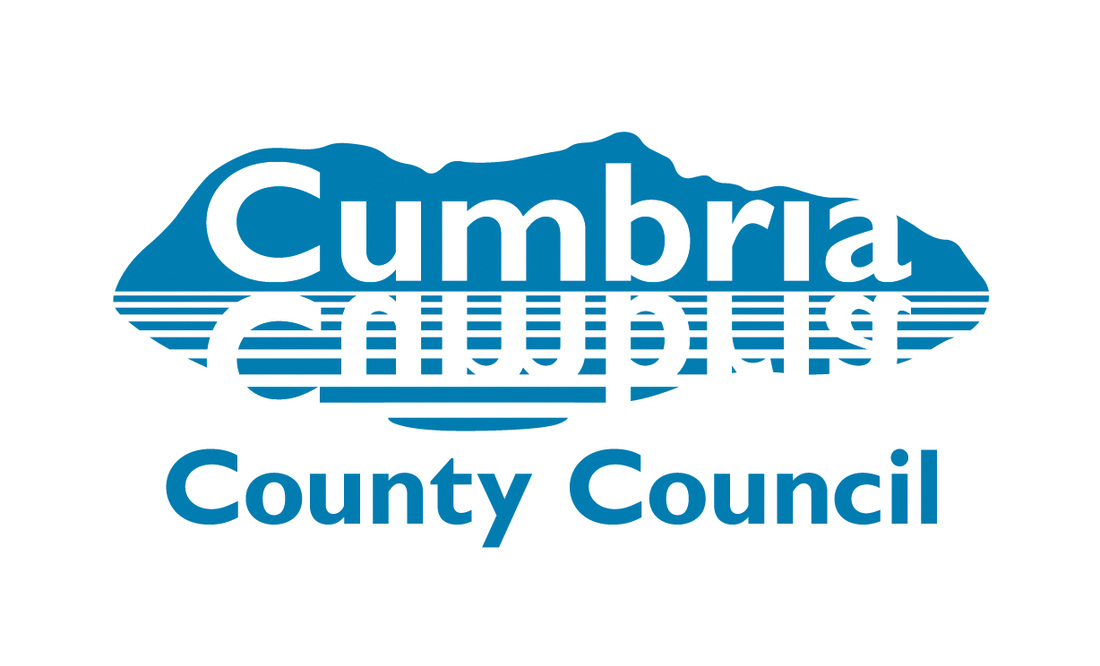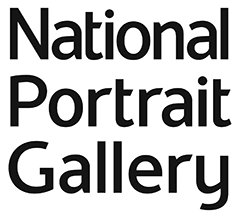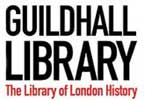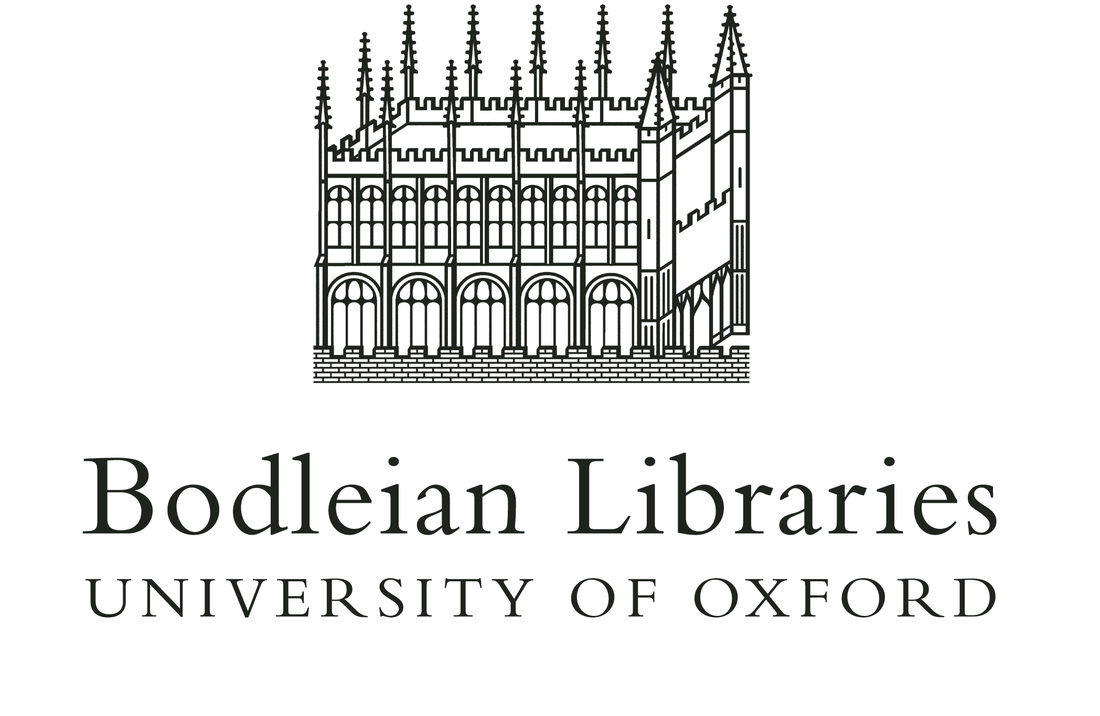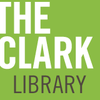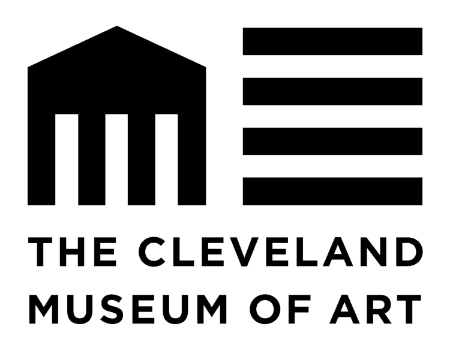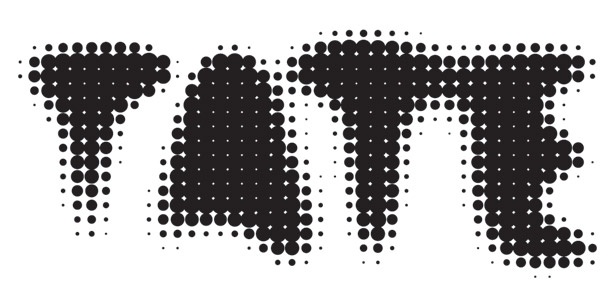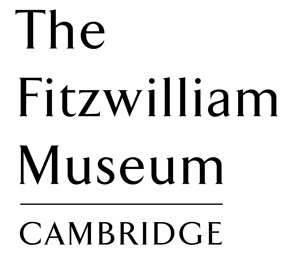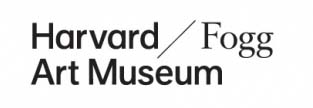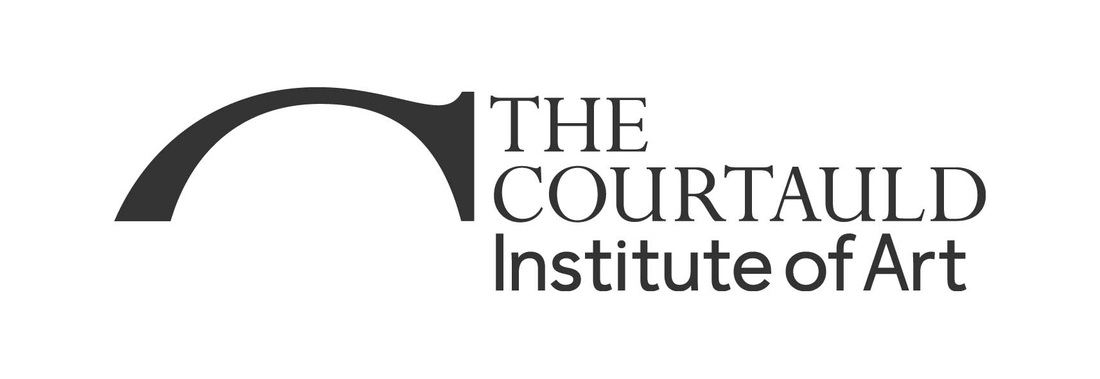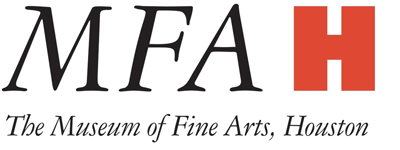|
Abbot Hall Art Gallery Sketchbook No 2 | Kendal Town Hall Sketchbook | A&H Sketchbook 1 | A&H Sketchbook 2 | A&H Sketchbook 3 |
Romney left more than fifty sketchbooks. These give unique insights into his thinking and his interests at various times of his life. The Society has undertaken to produce a digital record of the contents of individual sketchbooks with brief explanatory notes. This long term project commenced in 2016 and the first sketchbooks are now available on this website. More will be added in due course.
Heroic Drawings inspired by Shakespeare, Milton and Howard
|
Abbot Hall Art Gallery Sketch Book No 2Kendal Town Hall Sketch BookA&H Sketch Book 1A&H Sketch Book 2A&H Sketch Book 3 |
|
Interested in becoming a member of the Romney Society?
|
The Romney SocietyThe Romney Society, C/O Glyn Hopkin Ltd,
279-289 London Road, Romford, Essex, RM7 9NP |
|
Follow Us On
|
The following Companies and Museums are associated with, or members of, the Romney Society
|
©The Romney Society 2022 | Privacy Policy | Registered Charity 1067208
|
Website by Treble3
|
